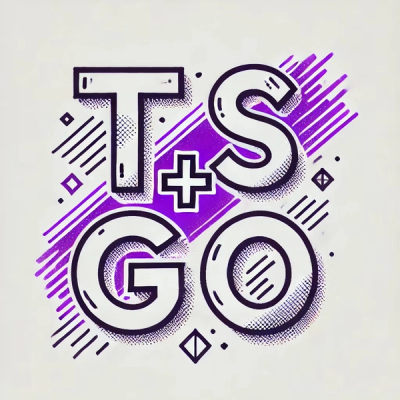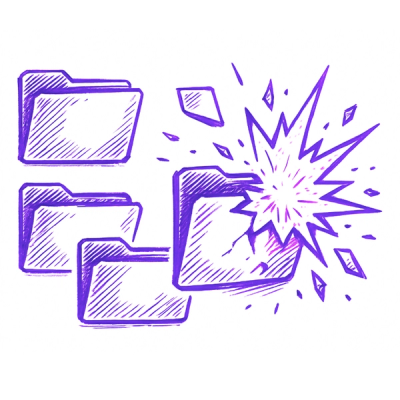Material Design Lite for Sass


material_design_lite-sass is a Sass-powered version of Material Design Lite for your Ruby applications. In addition to all of Material Design Lite components it includes Material Icons, official icon set from Google, and Roboto font, the recommended font for material design.
Installation
Ruby on Rails
Open your Rails application's Gemfile and add this line:
gem 'material_design_lite-sass'
Save Gemfile and execute bundle command to install the gem.
Open /app/assets/stylesheets/application.scss file and add this line:
@import 'material';
Note: Default Rails installation comes with .css file extension for stylesheet assets files, make sure you change it to .scss and remove all the *= require_tree . and *= require_self statements from file. Alternatively, to keep original application.css file, you can create custom.scss file in the same folder and import material there.
Open app/assets/javascripts/application.js file and add this line:
//= require material
Restart Rails web server if it was running and now your Rails application is powered by Sass version of Material Design Lite.
Turbolinks
Material Design Lite doesn't support turbolinks by default. You have to either disable turbolinks or add this JavaScript code to your project:
For turbolinks v2:
document.addEventListener('page:change', function() {
componentHandler.upgradeDom();
});
For turbolinks v5:
document.addEventListener('turbolinks:load', function() {
componentHandler.upgradeDom();
});
Put this code, for instance, in app/assets/javascripts/application.js file or in app/views/layouts/application.html.erb file after closing </body> tag.
Usage
By default, using @import 'material'; and //= require material, all of Material Design Lite components are imported.
To import specific JavaScript components, first you need to include support components:
//= require material/mdlComponentHandler
//= require material/rAF
Then include any Material Design Lite JavaScript component:
//= require material/button
//= require material/checkbox
//= require material/data-table
//= require material/icon-toggle
//= require material/layout
//= require material/menu
//= require material/progress
//= require material/radio
//= require material/ripple
//= require material/slider
//= require material/snackbar
//= require material/spinner
//= require material/switch
//= require material/tabs
//= require material/textfield
//= require material/tooltip
Individual Sass components can be included like this:
@import "material/variables";
@import "material/mixins";
@import "material/resets";
@import "material/typography";
@import "material/palette";
@import "material/ripple";
@import "material/animation";
@import "material/badge";
@import "material/button";
@import "material/card";
@import "material/checkbox";
@import "material/chip";
@import "material/data-table";
@import "material/dialog";
@import "material/mega_footer";
@import "material/mini_footer";
@import "material/icon-toggle";
@import "material/list";
@import "material/menu";
@import "material/progress";
@import "material/layout";
@import "material/radio";
@import "material/slider";
@import "material/snackbar";
@import "material/spinner";
@import "material/switch";
@import "material/tabs";
@import "material/textfield";
@import "material/tooltip";
@import "material/shadow";
@import "material/grid";
@import "material/material-icons";
@import "material/roboto";
Material Icons
An icon can be included using ligatures, a typographic feature that is supported in most modern browsers:
<i class="material-icons">info</i>
For browsers that do not support ligatures, fall back to specifying the icons using numeric character references:
<i class="material-icons"></i>
Complete list of Material Icon names and codepoints can be found here
Variables
Sass version provides many variables to make customization process convenient. The full set of Material Design Lite variables can be found here.
To override the variable it must be redefined before the @import directive, like this:
$layout-header-bg-color: rgb(128,128,128) !default;
@import 'material';
Note on Sass color variables: All Material Design Lite color variables are defined with RGB values, overriding these variables with hexadecimal color values may result in unexpected behavior.
Versioning
Material Design Lite for Sass follows the upstream version of Google's Material Design Lite. But last version number may be ahead, in case there is a need to release project specific changes.
Credits
Material Design Lite for Sass is inspired from bootstrap-sass by Bootstrap team.
License
Material Design Lite © Google. Licensed under the Apache-2 license.
Material Icons © Google. Licensed under the Apache-2 license.
Roboto © Google. Licensed under the Apache-2 license.
material_design_lite-sass © Dmitriy Tarasov. Released under the MIT license.



